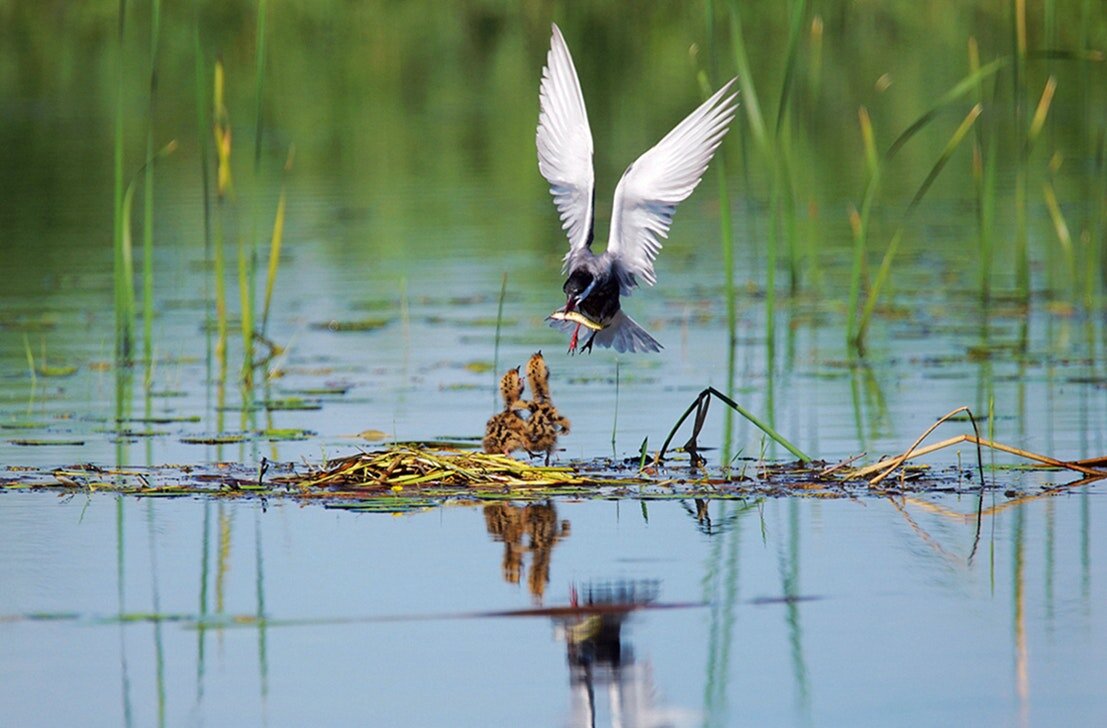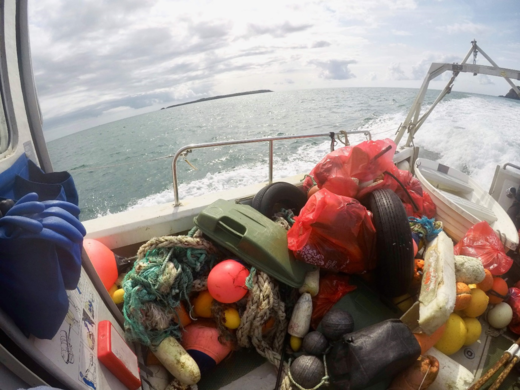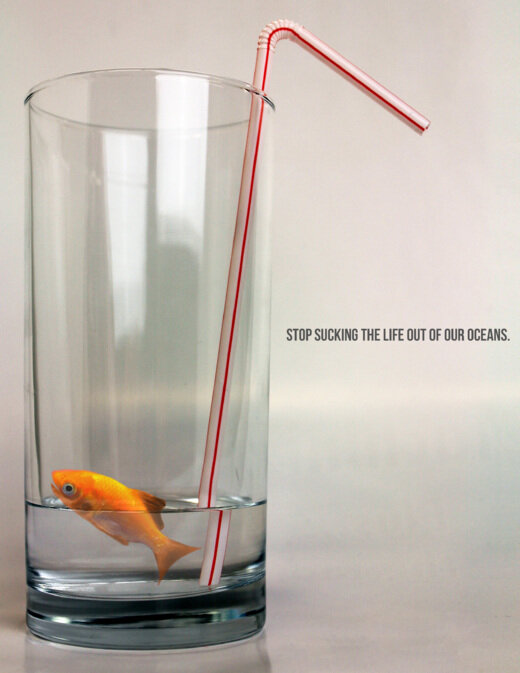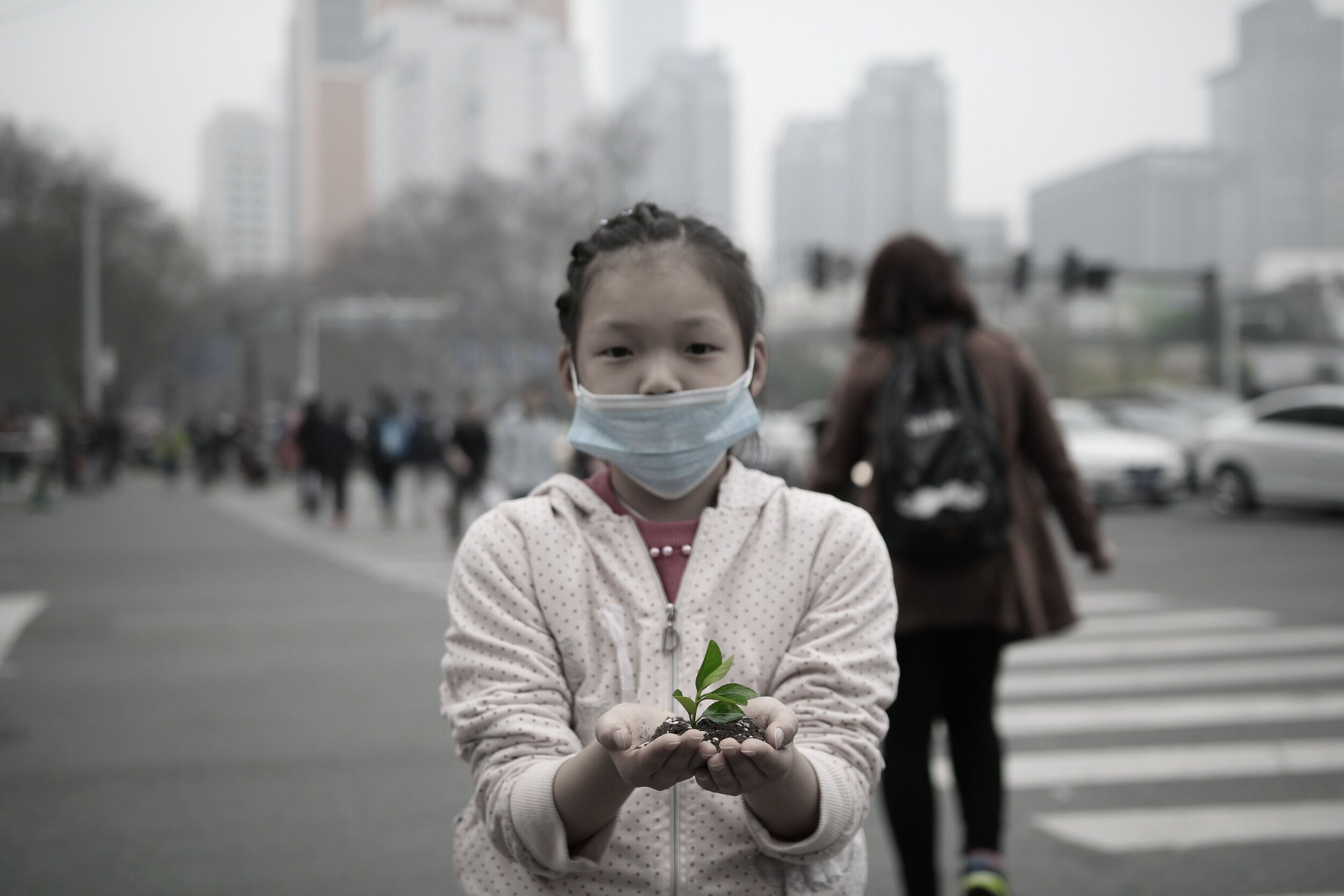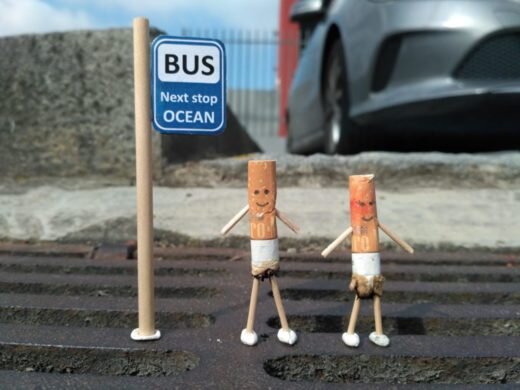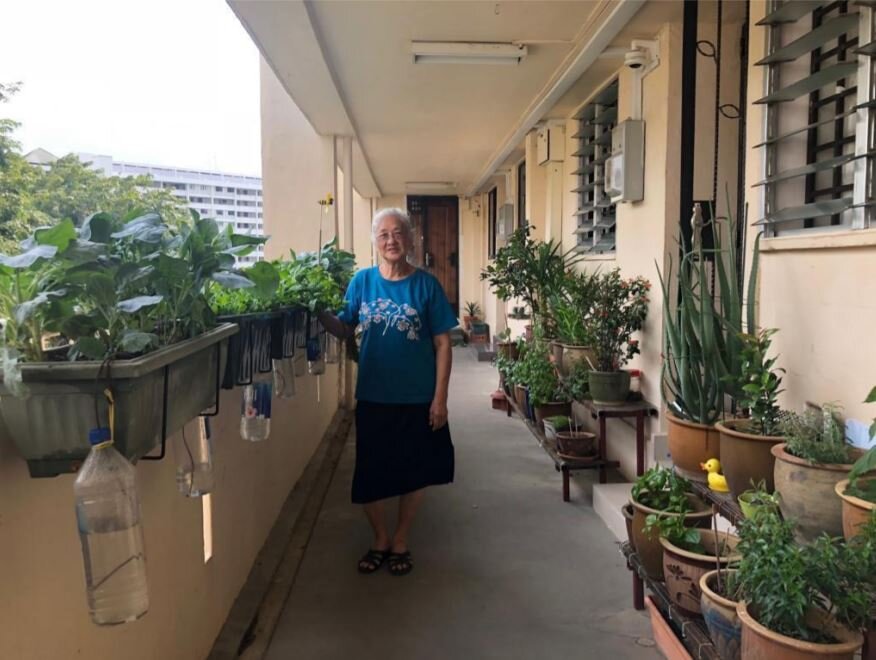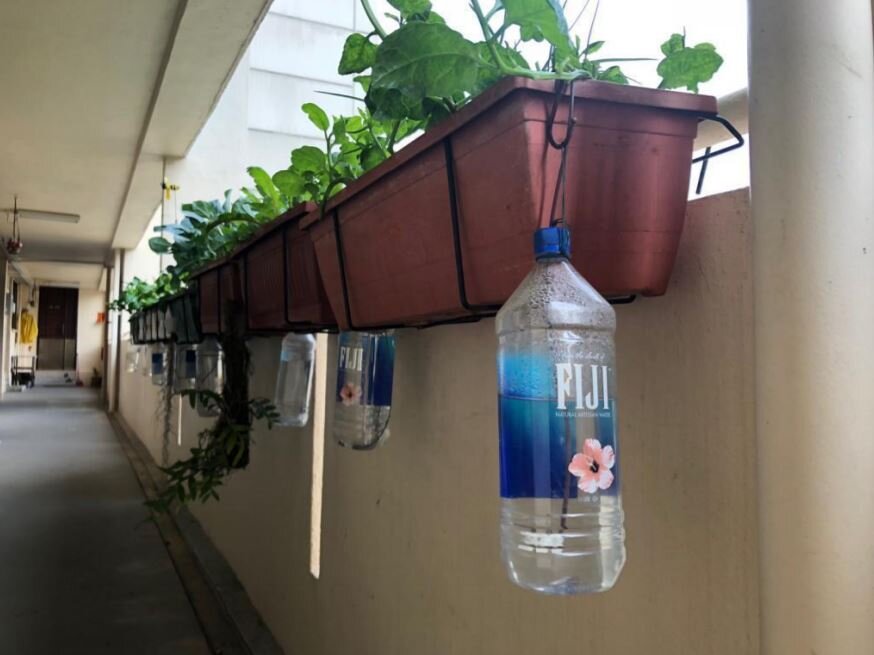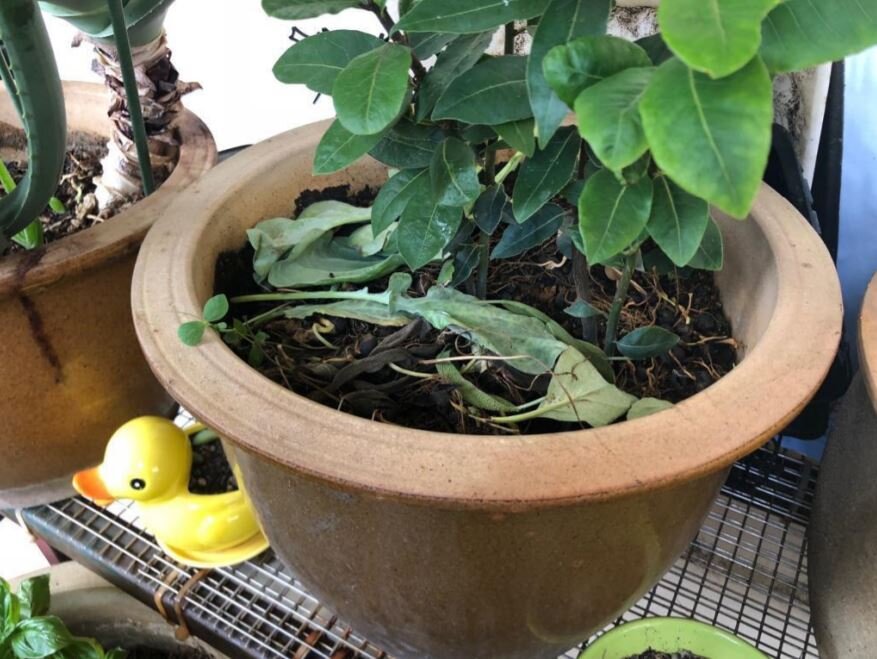Assessment Criteria
Below you will find the specific criteria for each category against which the International Jury evaluates every entry and awards 1st, 2nd, and 3rd Place prizes as well as Honourable Mentions as they see fit.
Judges may assign a score of 0-5 based on how well the submission meets the five criteria within each entry category listed below. Points are: 5=Excellent, 4=Very Well, 3=Well, 2=Fairly Well, 1=Qualifies and 0=Does Not Qualify. Participants are strongly encouraged to meet as many of the criteria as possible to submit quality work and improve their chances of getting maximum points.
The International Jury assesses the entries on the YRE Competition Exposure page. It is therefore very important that the National Operators ensure that the entries are correctly presented on Exposure.
In addition, the International Jury is at liberty to not award in the case of too few submissions and to give more than one award in the case of exceptional entries in one or more age categories. The International Jury may also award or deduct 2 additional points for any journalistic and environmental features of submissions based on their professional backgrounds.
The Jury members give each submission a score based on how well the submission meets the criteria for its category. The criteria are divided into five groups:
Format & Structure,
Honest & Unbiased Reporting,
Constructive and Well-Rounded Perspective,
Originality & Independence
Dissemination.
Dissemination
A core part of the YRE programme is dissemination. This is because YRE’s mission is to encourage youth to use their voices to draw attention to environmental issues they see in their communities. As a young person, you can make a positive impact by sharing work with others. Whether it be an article you wrote, a photograph you took or a video you filmed, you’re drawing people’s attention to issues, challenges and solutions to environmental issues they may not have known about or considered before.
The following four levels are where we think young people’s voices need to be heard and will be used to assess all types of entries:
Personal (disseminate through social media such as Facebook, Instagram, Twitter or through a personal blog)
School Community (disseminate through the school newspaper, website, or as a poster or flyer in the school building)
National Operator Organisation (disseminate through the website or social media platforms of your country’s National Operator)
National Media (disseminate through national media channels such as the radio, TV or newspapers)
Please make sure to look at the participation and submission requirements as well.
Citing Your Sources
The YRE programme values academic honesty and the use of credible sources. Any facts, statistics, images, etc. that a student uses in their entry (article, photo, or video) should be listed in a ‘Reference’ list at the end of the entry and in-text footnotes are encouraged. Examples of this can be found here and here.
Assessment Criteria
Below are the assessment criteria (click here to see them better) for the 6 categories in the YRE International Competition:
Article
Single Reportage Photo
Single Environmental Campaign Photo
Photo Story (3-5 Photos)
Video Reportage
Environmental Campaign Video


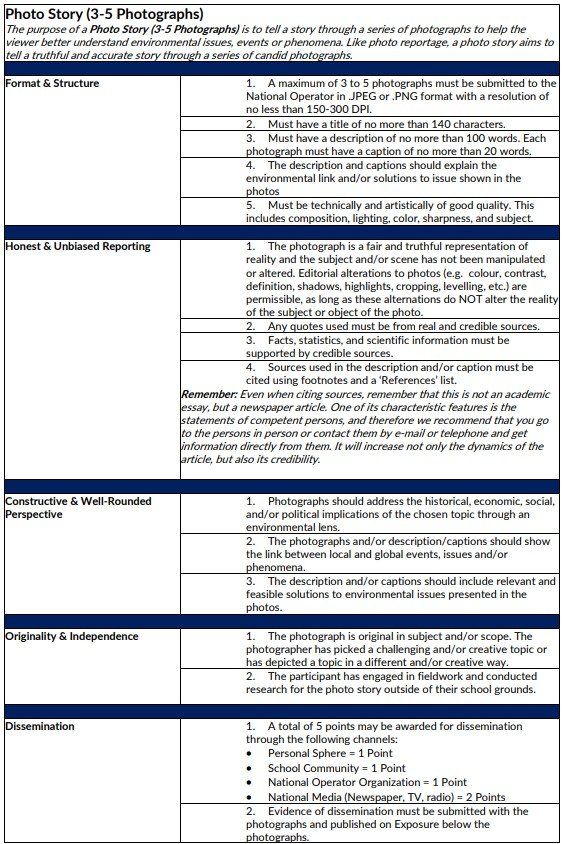
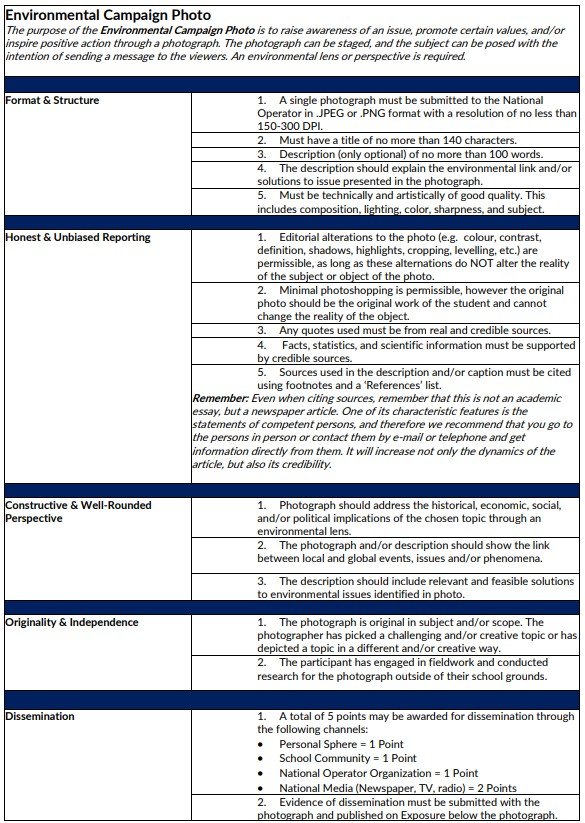
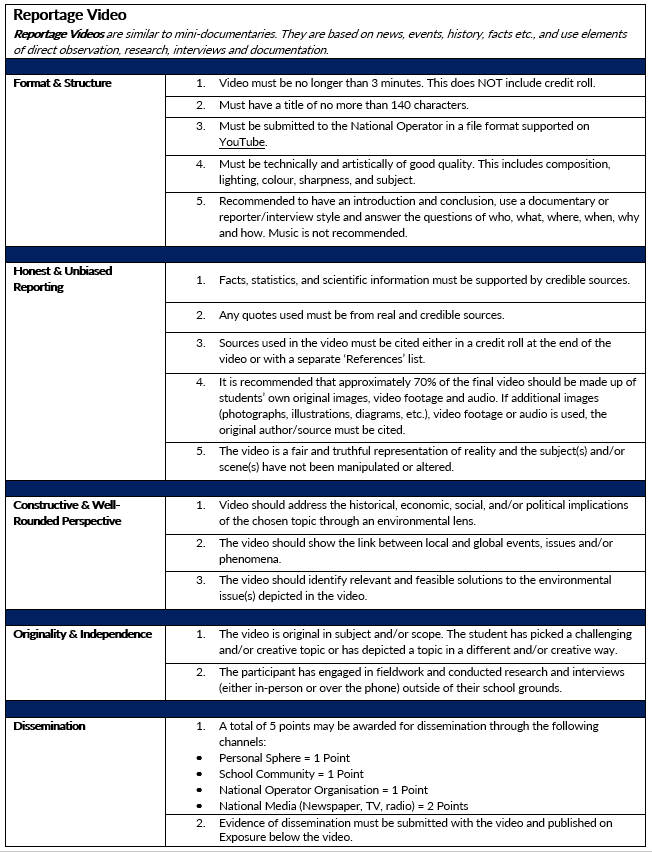
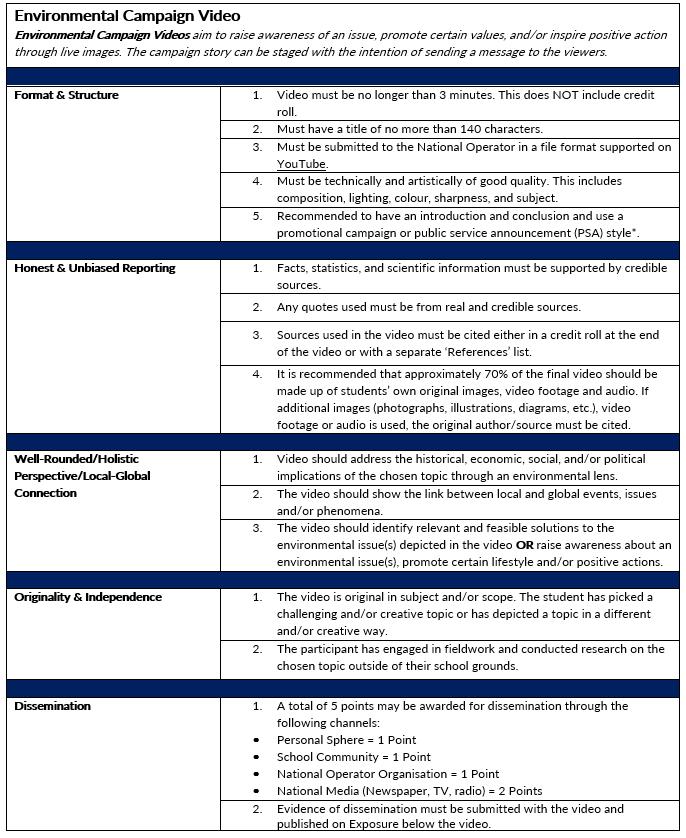
*PSA style - A public service announcement (PSA) is a message in the public interest disseminated by the media without charge to raise public awareness and change behaviour.
Single Reportage Photo
The purpose of the Single Reportage Photo is to tell a story through a photograph that truthfully and accurately captures the reality of a situation, event or issue. The photograph should be candid, i.e. not be posed, or manipulated. An environmental lens or perspective is required.
Environmental Campaign Photo
The purpose of the Environmental Campaign Photo is to raise awareness of an issue, promote certain values, and/or inspire positive action through a photograph. The photograph can be staged, and the subject can be posed with the intention of sending a message to the viewers. An environmental lens or perspective is required.
Photo Story (3-5 Photographs)
The purpose of a Photo Story (3-5 Photographs) is to tell a story through a series of photographs to help the viewer better understand environmental issues, events or phenomena. Like photo reportage, a photo story aims to tell a truthful and accurate story through a series of candid photographs.
Reportage Video
Reportage Videos are similar to mini-documentaries. They are based on news, events, history, facts etc., and use elements of direct observation, research, interviews and documentation.
Environmental Campaign Video
Environmental Campaign Videos aim to raise awareness of an issue, promote certain values, and/or inspire positive action through live images. The campaign story can be staged with the intention of sending a message to the viewers.
Please note video content, including music, must comply with copy-right regulations. We encourage including a credit roll or footnotes. Read about Legal Matter here.




